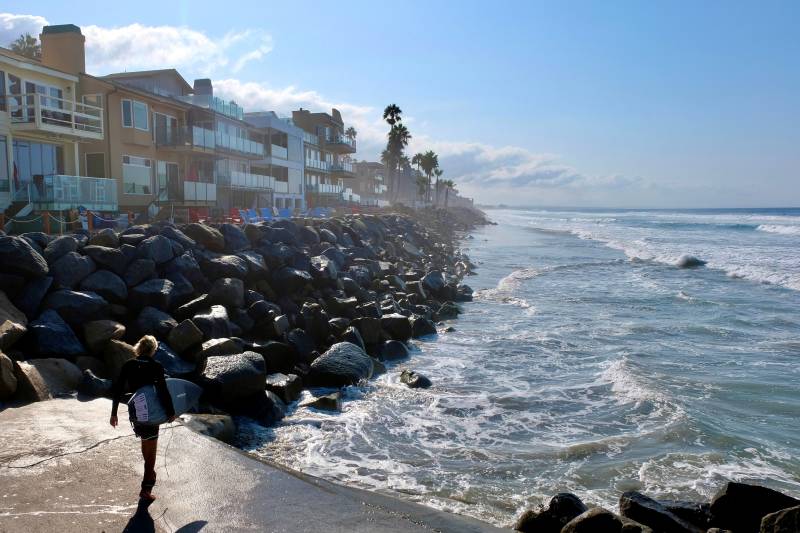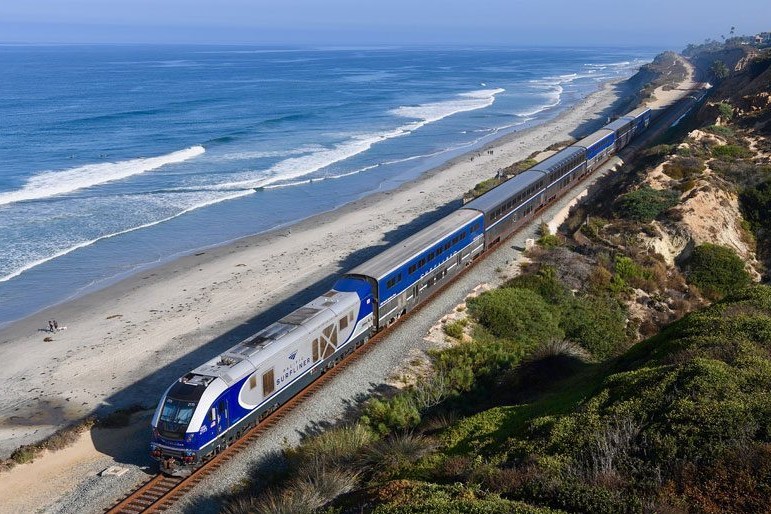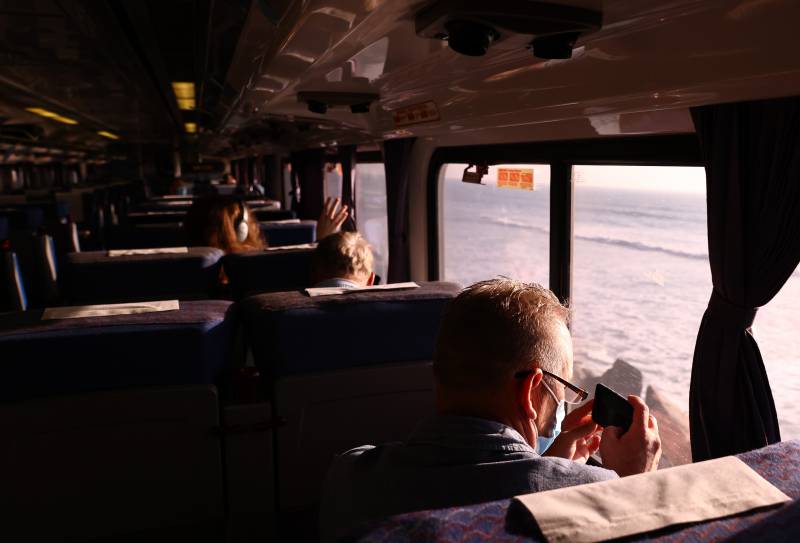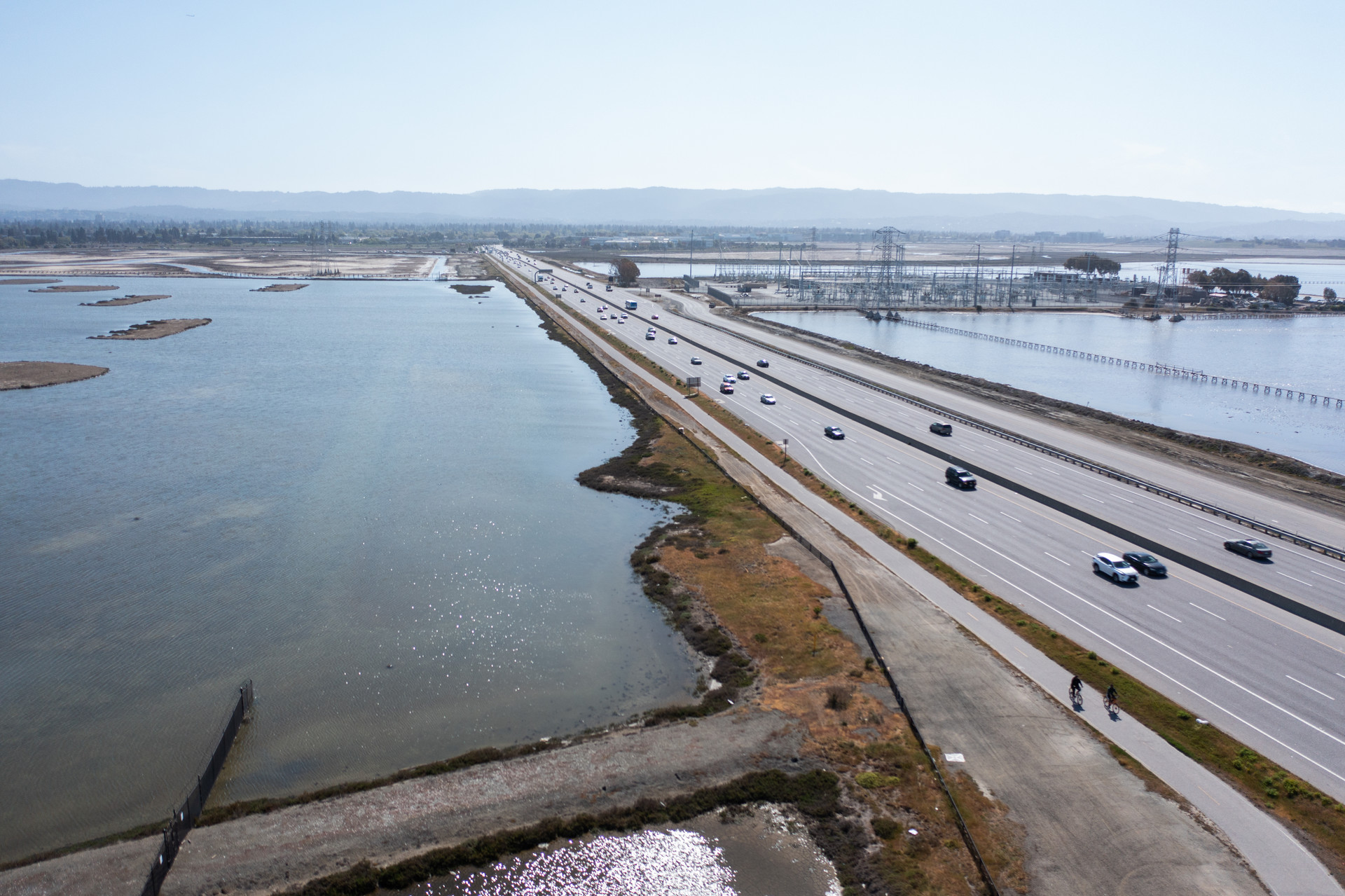The United States and China — the world’s top two greenhouse gas-emitting countries, which together account for about 40% of the world’s annual carbon output — announced Wednesday they have agreed to cooperate on limiting emissions to address the global climate crisis.
The agreement, announced at the United Nations climate change conference in Glasgow, Scotland, known as COP26, aims to accelerate emissions reductions toward the goals set in the 2015 Paris agreement, which include keeping the global temperature rise “well below” 2 degrees Celsius (3.6 degrees Fahrenheit), with a target of 1.5 degrees Celsius (2.7 degrees Fahrenheit).
Despite the encouraging news, experts predict that most countries are currently not on track to meet the commitments they agreed to in Paris. In the U.S., the West Coast is already experiencing more frequent and severe weather, and rising seas are already putting some Bay Area communities at risk.
In Southern California in September, Amtrak suspended service on their Pacific Surfliner route for a few weeks between Orange and San Diego counties for emergency repairs due to beach erosion. The scenic coastline route connects San Diego and other cities on its way to San Luis Obispo.




